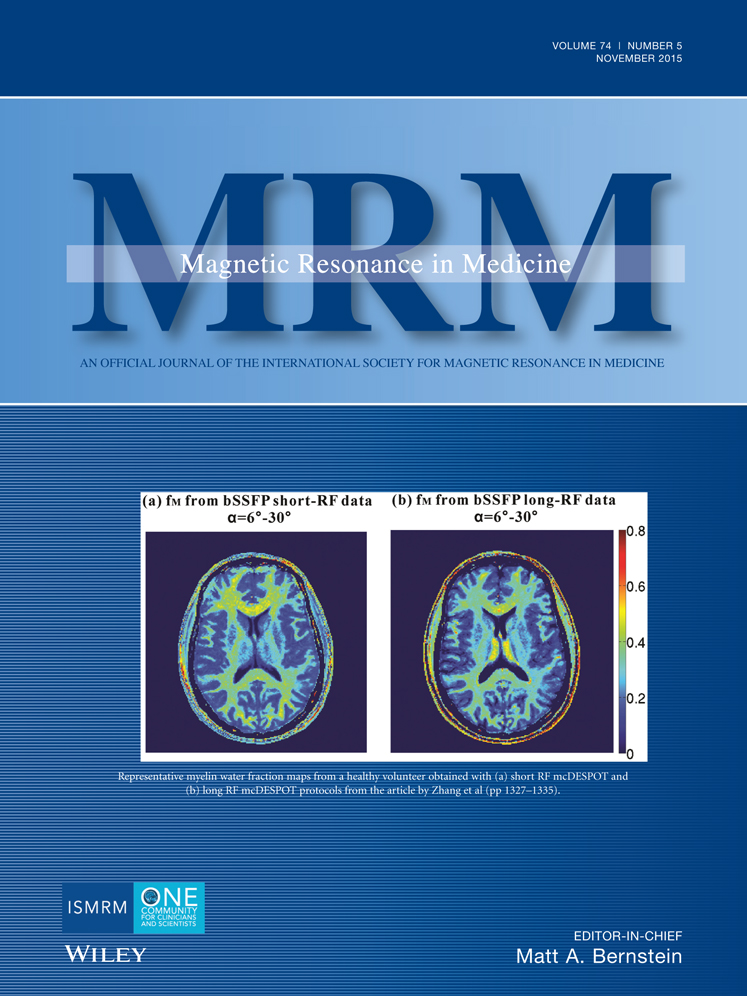Comparison between simulated decoupling regimes for specific absorption rate prediction in parallel transmit MRI
Abstract
Purpose
The use of electromagnetic (EM) modeling is critical for specific absorption rate (SAR) characterization in parallel transmission MRI. Radiofrequency arrays that include decoupling networks can be difficult to characterize accurately in simulation. A practical method of simplifying modeling is to exclude the decoupling networks and model each transmit element in isolation. Results from this type of model can be related to a real device by applying “active decoupling” to the real device to suppress residual coupling when in use. Here, we compare this approach with a full model that includes decoupling networks.
Methods
EM simulations for a variety of adult male voxel models placed within an eight-channel transverse electromagnetic (TEM) array tuned for 3 Tesla operation were run with and without decoupling networks included. The resulting EM fields and SAR estimates were compared using basic normalization, and simulated active decoupling.
Results
Modeling the transmit elements independently leads to variations which have significantly different SAR estimates of ∼20% on average compared with the full model if not normalized appropriately. After “active decoupling,” SAR was still generally seen to be overestimated by ∼7% with independent channel modeling; despite having similar B1+ field distributions.
Conclusion
Modeling transmission elements independently may lead to substantially incorrect SAR estimates if the corresponding MRI system is not run in an analogous manner. Magn Reson Med 74:1423–1434, 2015. © 2014 Wiley Periodicals, Inc.




